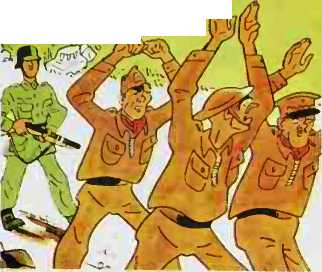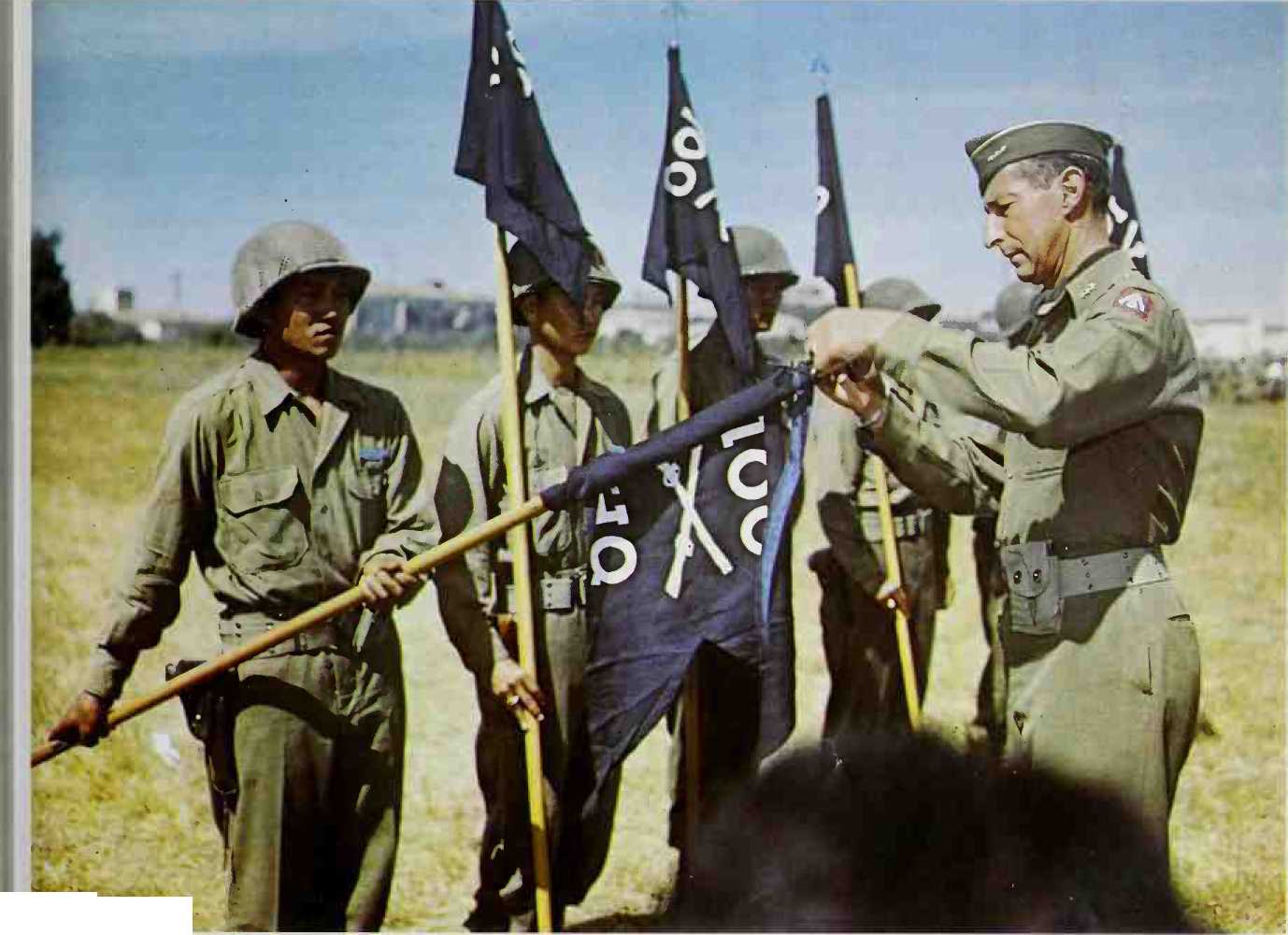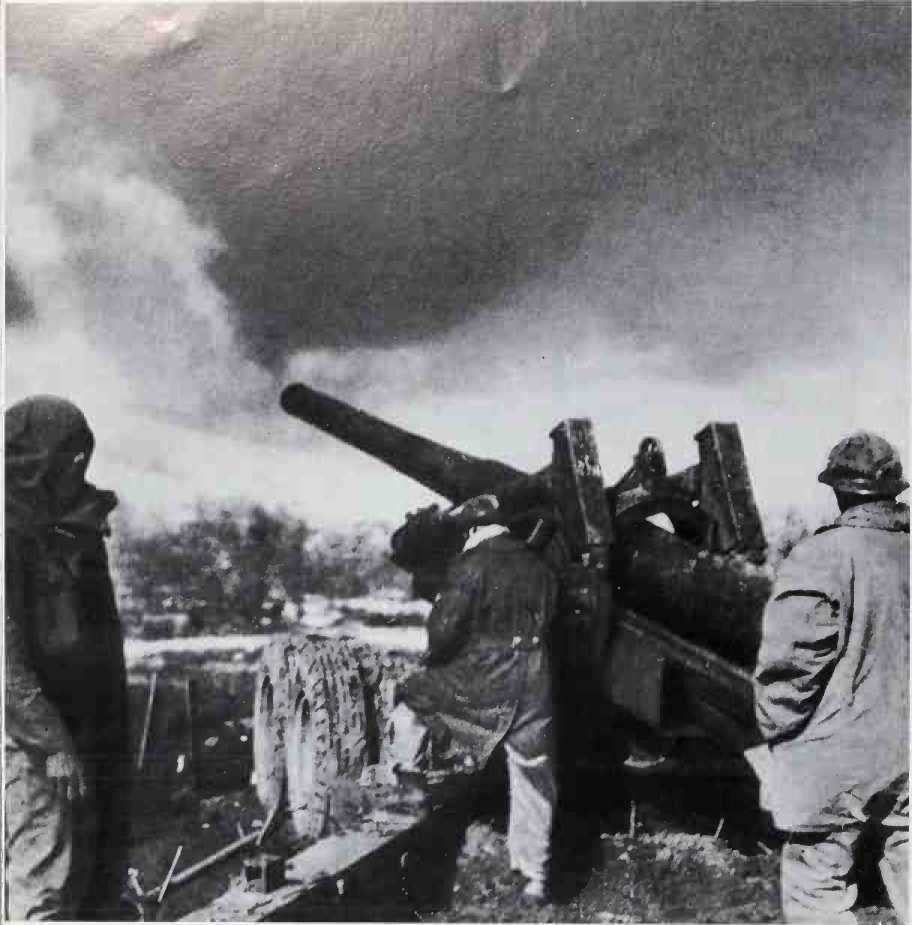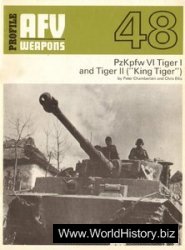On the Cassino front General Clark strove to take up the offensive again the day after the Anzio landing. The intention was that the American II Corps, now only one division strong (the 34th, commanded by Major-General Ryder) should cross the Rapido north of Cassino whilst the French Expeditionary Corps, after taking Monte Belvedere, would move down the Liri valley, sweeping past the back of Monte Cassino. This turning movement, to be carried out as it were within rifle range, did not appeal to General Juin, who thought it would have been better to hinge the manoeuvre on Atina. Out of loyalty to General Clark, however, he did not press the point.
After rapidly regrouping at an altitude
Of 325 feet in the area of San Elia, the 3rd Algerian Division set off to attack its objectives: Belvedere (2,370 feet) and Colle Abate (2,930 feet).
In view of the nature of the terrain, the operation seemed to face insurmountable difficulties. Marshal Juin acknowledges this in his memoirs. Describing an occasion when he was visited by General Giraud he wrote: "The last time I had seen him was during the most critical moment of my Belvedere operation. I took him up to General Monsabert’s front line H. Q., from which it was possible to watch the whole action of the Tunisian 4th Tirailleur Regiment. He expressed surprise that I had taken upon myself such a hazardous affair and could not refrain

A "My God! I’d like to have a word or two with the character who coined 'All roads lead to Rome’.’’ Though German, this cartoon was all too apt a comment on Allied fortunes in Italy.
V General Clark awards battle streamers to a Nisei unit.


A French gunners in action on General Juin’s French Expeditionary Corps’ sector of the Cassino front.
From reproaching me, adding: 'I thought I was the only hot-headed fool in our army, hut I see today that it’s catching’.”
The defile was defended hy the 44th Division, a famous unit which had been re-formed after Stalingrad and which, recruited in Austria, had taken the name, famous in Prince Eugene’s army, of "Hoch and Deutschmeister”. The opposing forces were men of equal courage and tenacity. In the afternoon of January 25 the Tunisian 4th Tirailleur Regiment (Colonel Roux) raised the tricolour on the two heights it had scaled under withering cross-fire, hut one of its battalions was virtually wiped out on the Colle Abate, whilst the other two drove off one counter-attack after another to stay on Belvedere, but only at a heavy price.
Rene Chambe has left this account of the dramatic combat: "Night passes. This is one of the most critical of all. From right to left the Gandoet, Bacque, and Peponnet battalions are clinging to the sides of Hills 862, 771, and 700. The enemy is counter-attacking furiously everywhere. He is driven off by bayonet and grenade. But none of these three peaks is retaken. And ammunition runs out again; the parsimoniously distributed mouthfuls of food which make up our rations are far away. Hunger comes again and with hunger thirst, the terrible thirst which gnaws at your stomach and drills into your brain. As for sleep, that real sleep which restores, we haven’t had any for a long time. Men are falling asleep now under shelling, in the midst of mines and bullets. They’re killed almost before they know it. Only wounds wake them up. Some answer back, aiming their rifles and throwing their grenades in a state of half-consciousness.” When it was relieved, the Tunisian 4th Tirailleur Regiment had lost its colonel, 39 officers, and 1,562 N. C.O. s and men: it was reduced to a third of its strength.
The Germans on their side had lost 1,200 prisoners, and to strengthen the 44th Division, which threatened at any moment to give way under the furious hammer-blows of the 3rd Algerian Division’s attack, 10th Army had to send in one regiment of the 90th Panzer grenadier Division and another of the 71st Division, both fromXIVPanzer Corps. SotheFrench Expeditionary Corps managed to draw onto itself two-thirds of the 44 battalions then fighting opposite the American 5th Army.
The value of this force was well appreciated by General Clark. On the day after the furious fighting on Belvedere he wrote to Juin to express his admiration for the "splendid way” in which the corps had accomplished its mission, adding:
"By a carefully prepared and co-ordinated plan of operations you have launched and sustained a series of attacks which have had remarkable success in attaining their main objective, that is: to pin down by hard fighting the maximum possible number of enemy troops and thus prevent them from intervening against our landing and the establishment of our bridgehead at Anzio. By doing this you have thrown back the enemy along the whole length of your front and inflicted severe losses on troops which were already weary.”
Some days later General Alexander associated himself with this praise, and these were no empty words. In his book on the Cassino battle, in which he took part the following February and March as paratroop battalion commander in the famous 1st Parachute Division, Rudolf
Bohmler makes the same observation;
"The greatest surprise, however, was the fighting spirit shown by the French Expeditionary Corps. The 1940 campaign had cast a sombre shadow over the French Army, and no one believed that it would ever recover from the devastating defeat that had been inflicted on it. But now General Join’s divisions were proving to be the most dangerous customers. Nor was this attributable solely to the Algerians’ and Moroccans’ experience in mountain warfare. Three factors combined to mould these troops into a dangerously efficient fighting force: the mountain warfare experience of the French colonial troops, the ultra-modern American equipment with which they had been equipped, and the fact that they were led by French officers who were masters of the profession of arms. With these three basic elements Juin had moulded a formidable entity. In the battles that followed, the Corps proved equal to every demand made of it, and Field-Marshal Kesselring himself assured the author that he was always uneasy about any sector of the front on which the French popped up.
"Had Clark given more heed to Juin’s views in the Cassino battles and accepted his plan of thrusting via Atina into the Liri valley, the three savage battles of Cassino would probably never have been fought and the venerable House of St. Benedict would have been left unscathed.’’
With two divisions so hard pressed there was no question of Juin’s being able to exploit his costly victory at Belvedere, which now left him in front of the rest of the Allied line. Some time afterwards he was reinforced by General Utili’s motorised group, the first Italian formation to move up to the front again (having had its first taste of fighting in December). It operated on the right of the French Expeditionary Corps in the snowy massif of the Abruzzi and acquitted itself well.
In the American II Corps area, the 34th Division did not succeed in breaking out of the bridgehead it had won on the right bank of the Rapido.




 World History
World History









